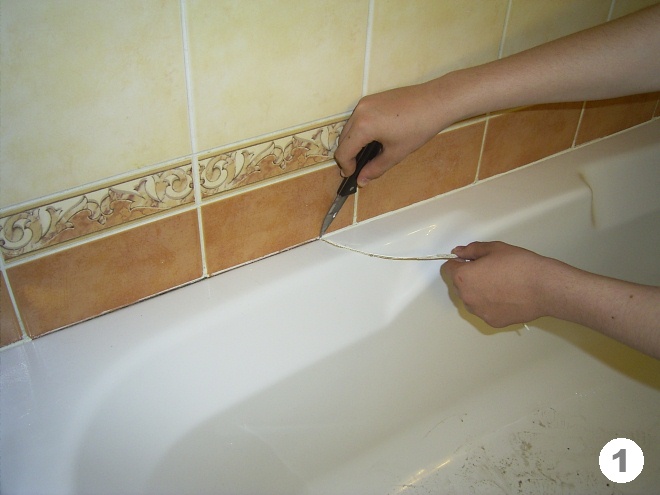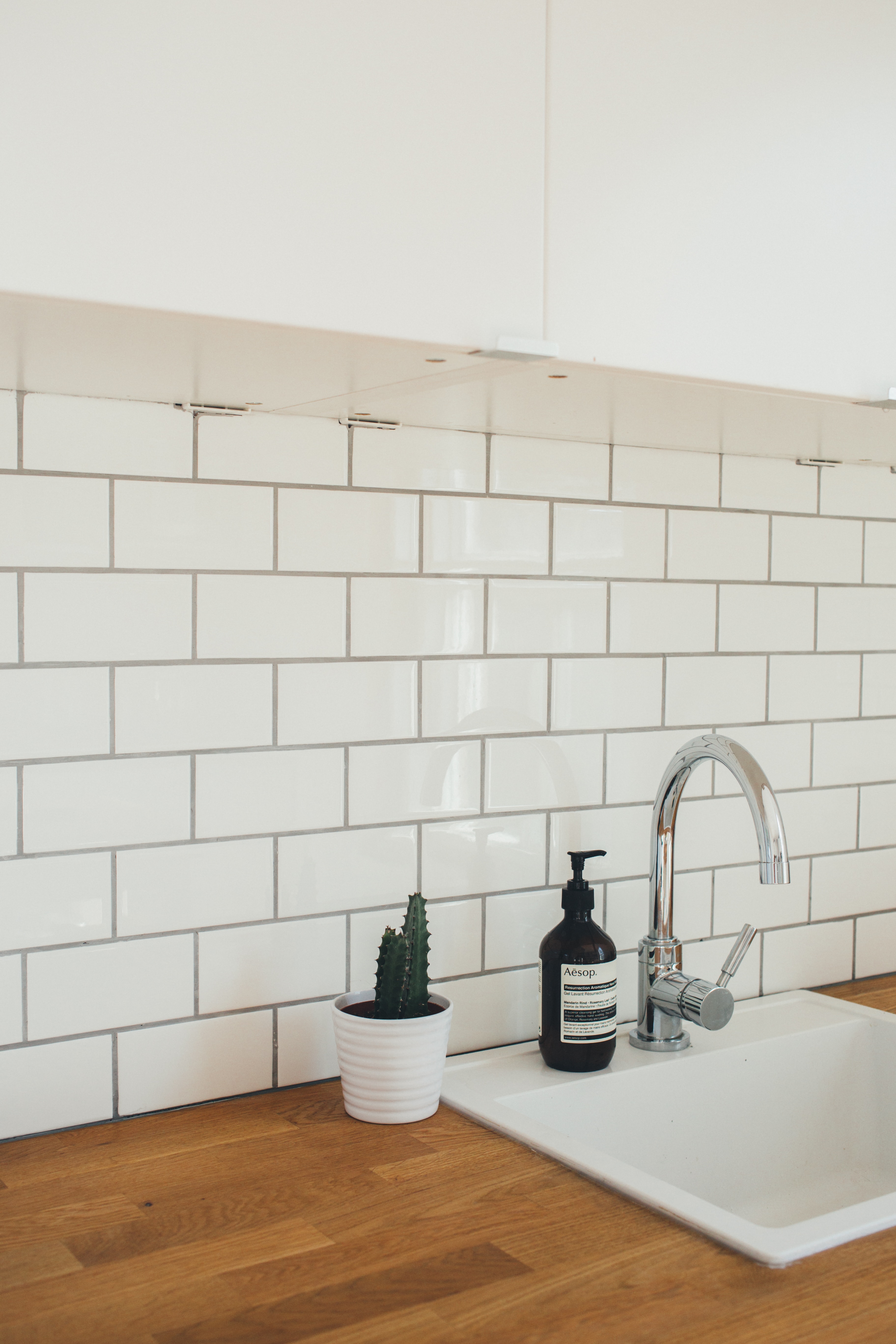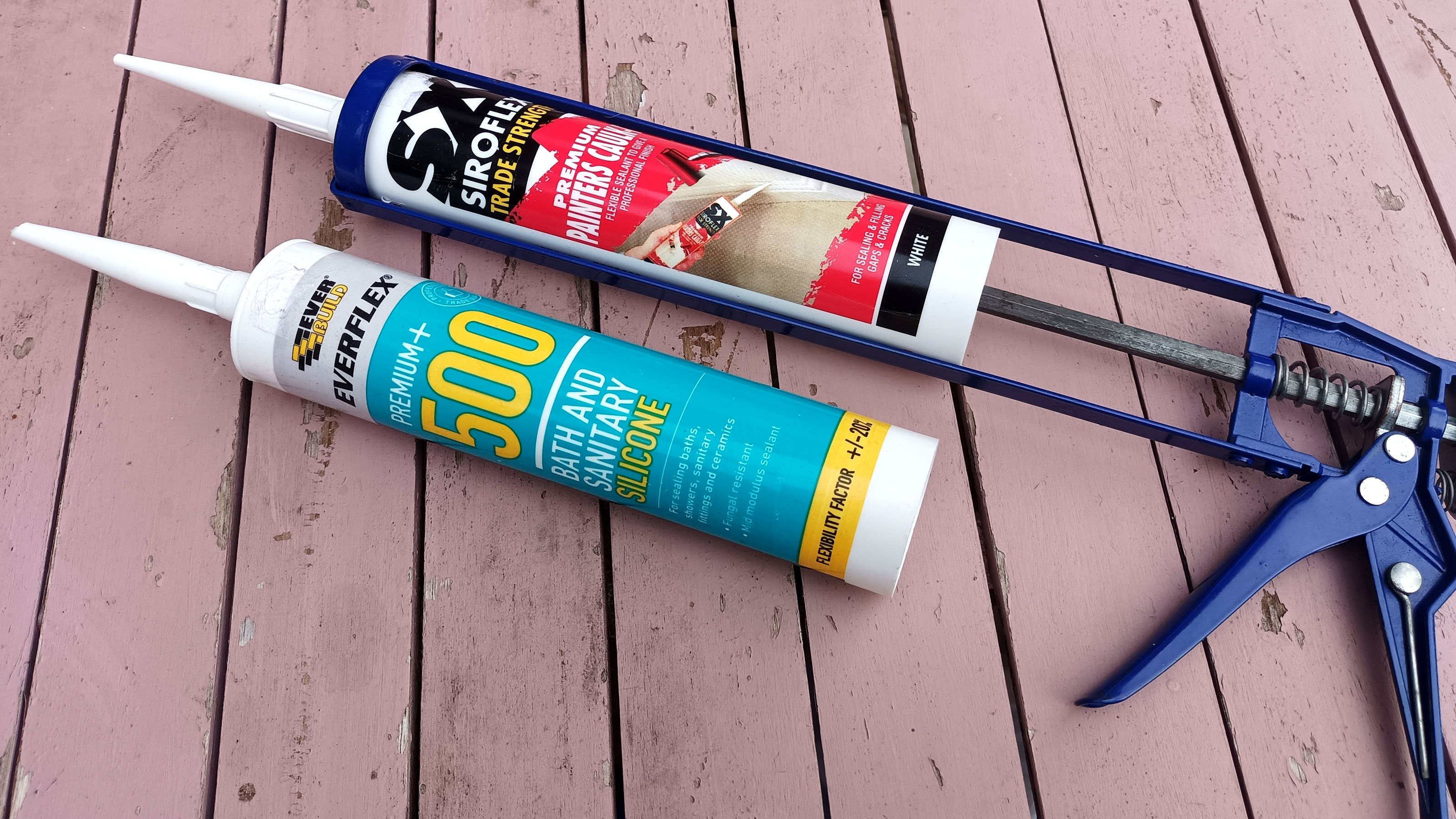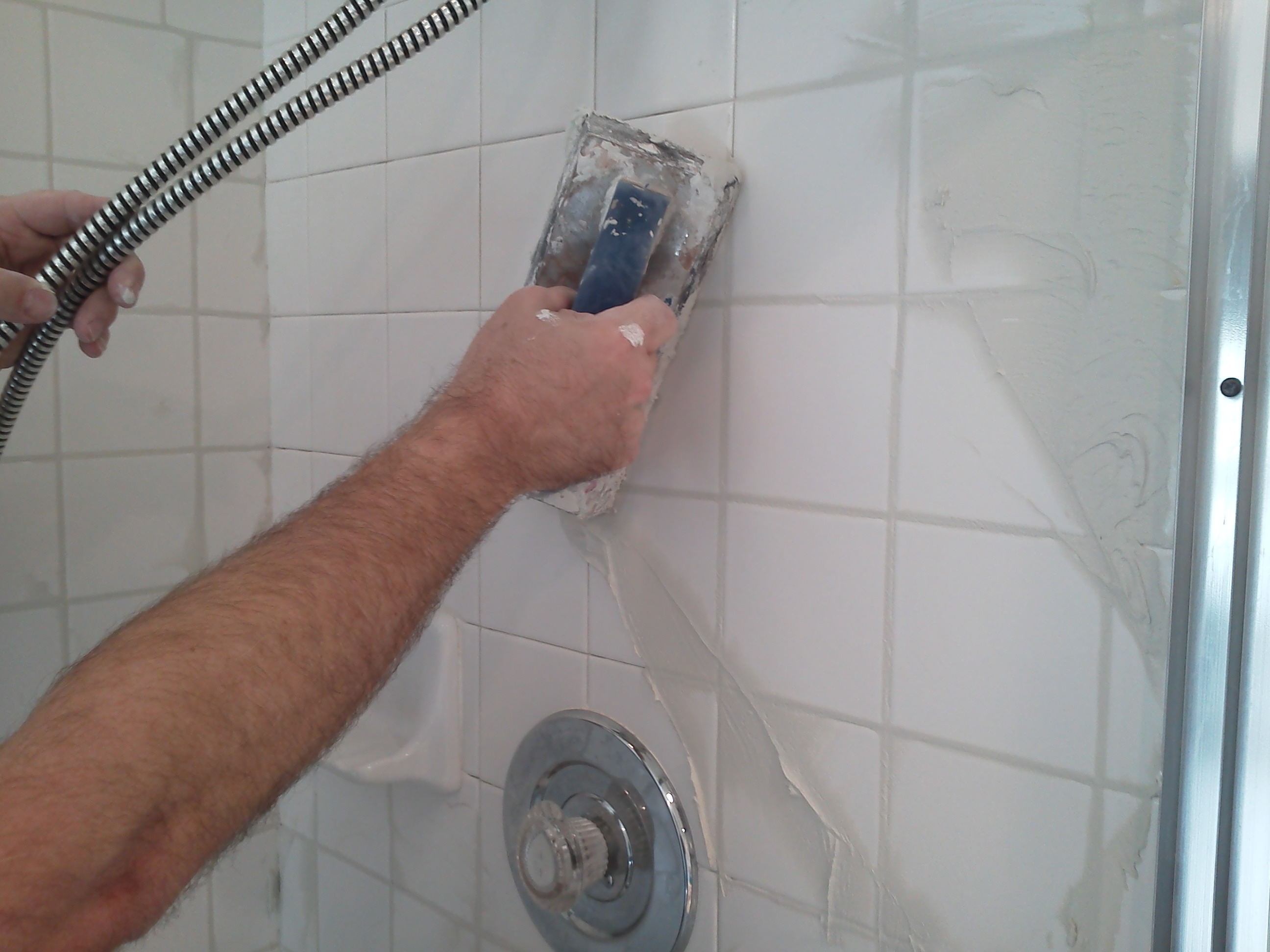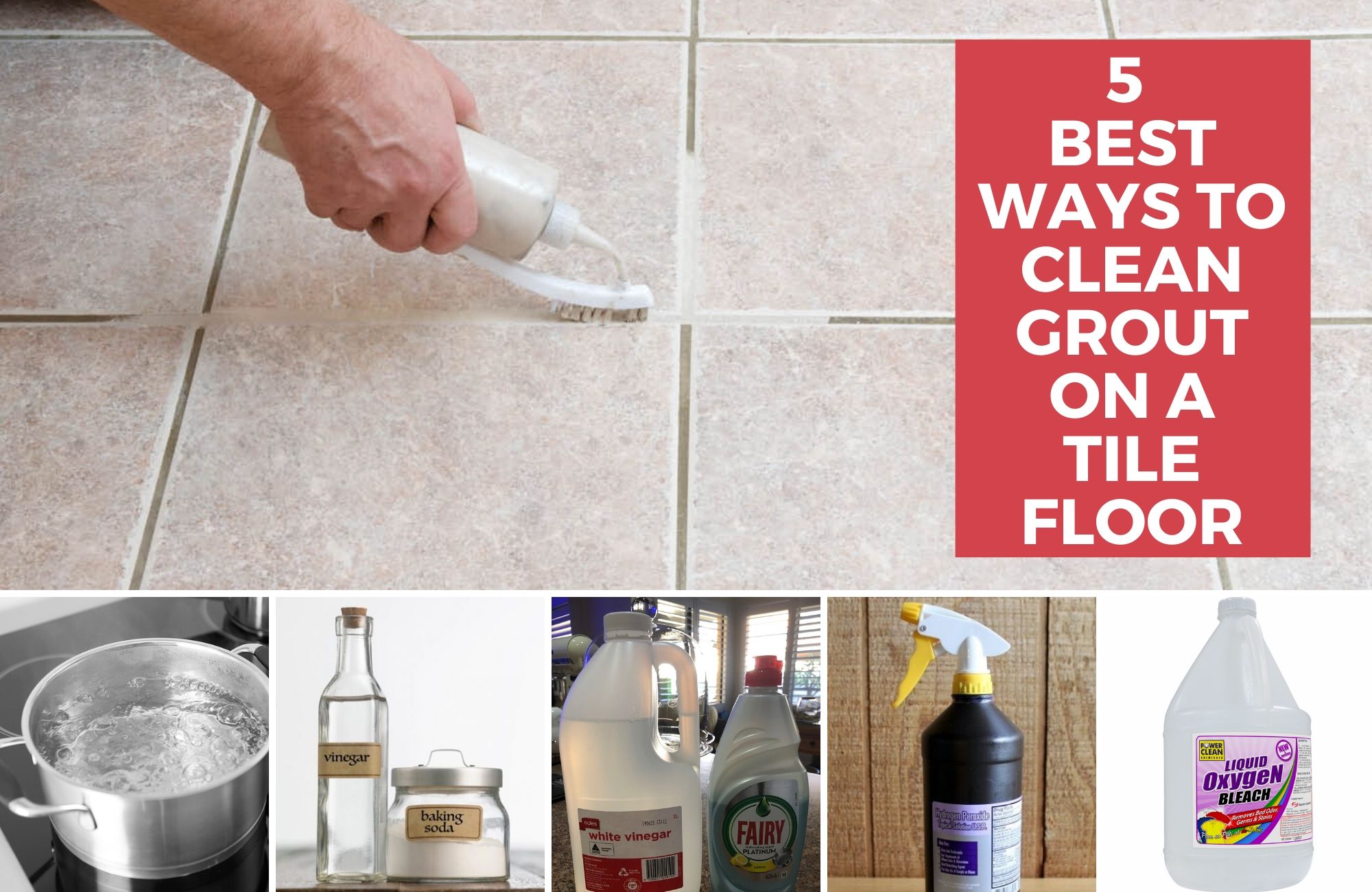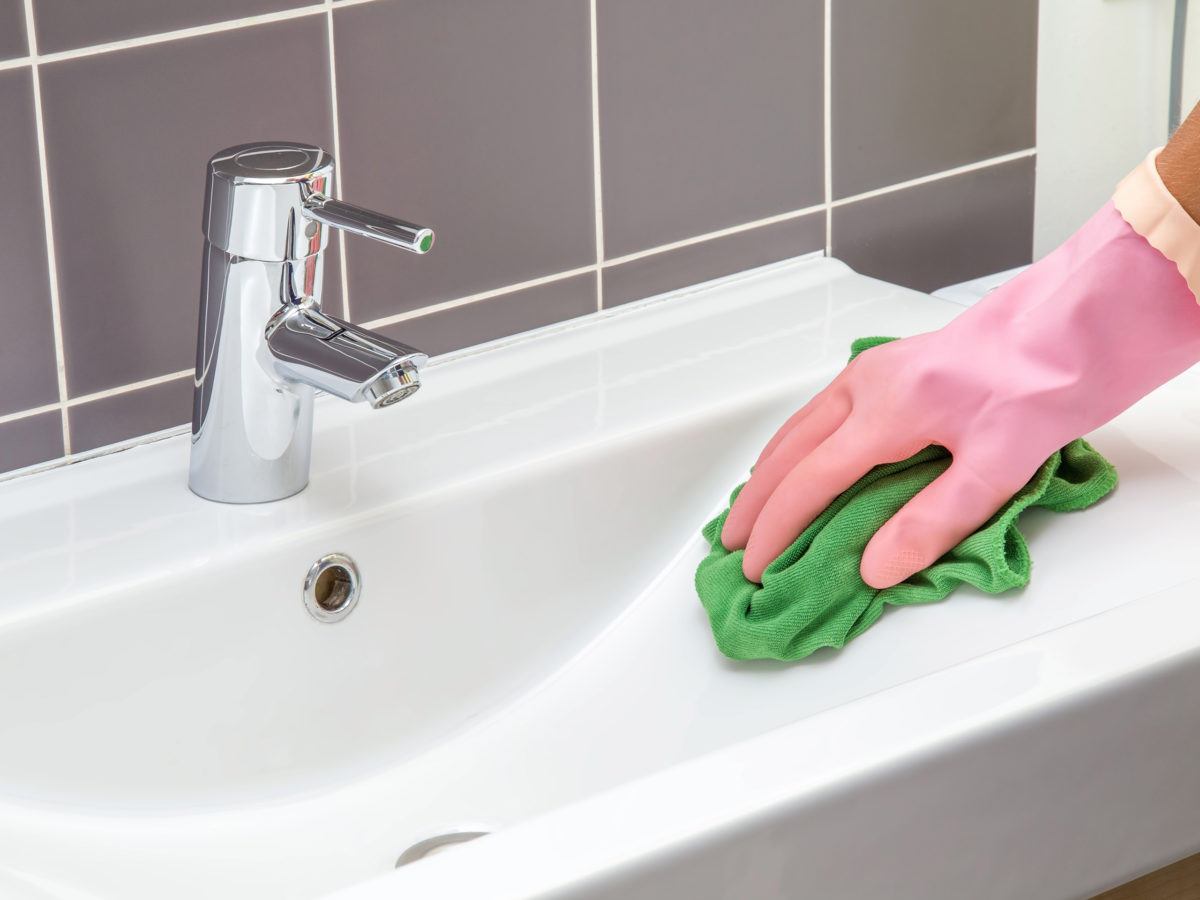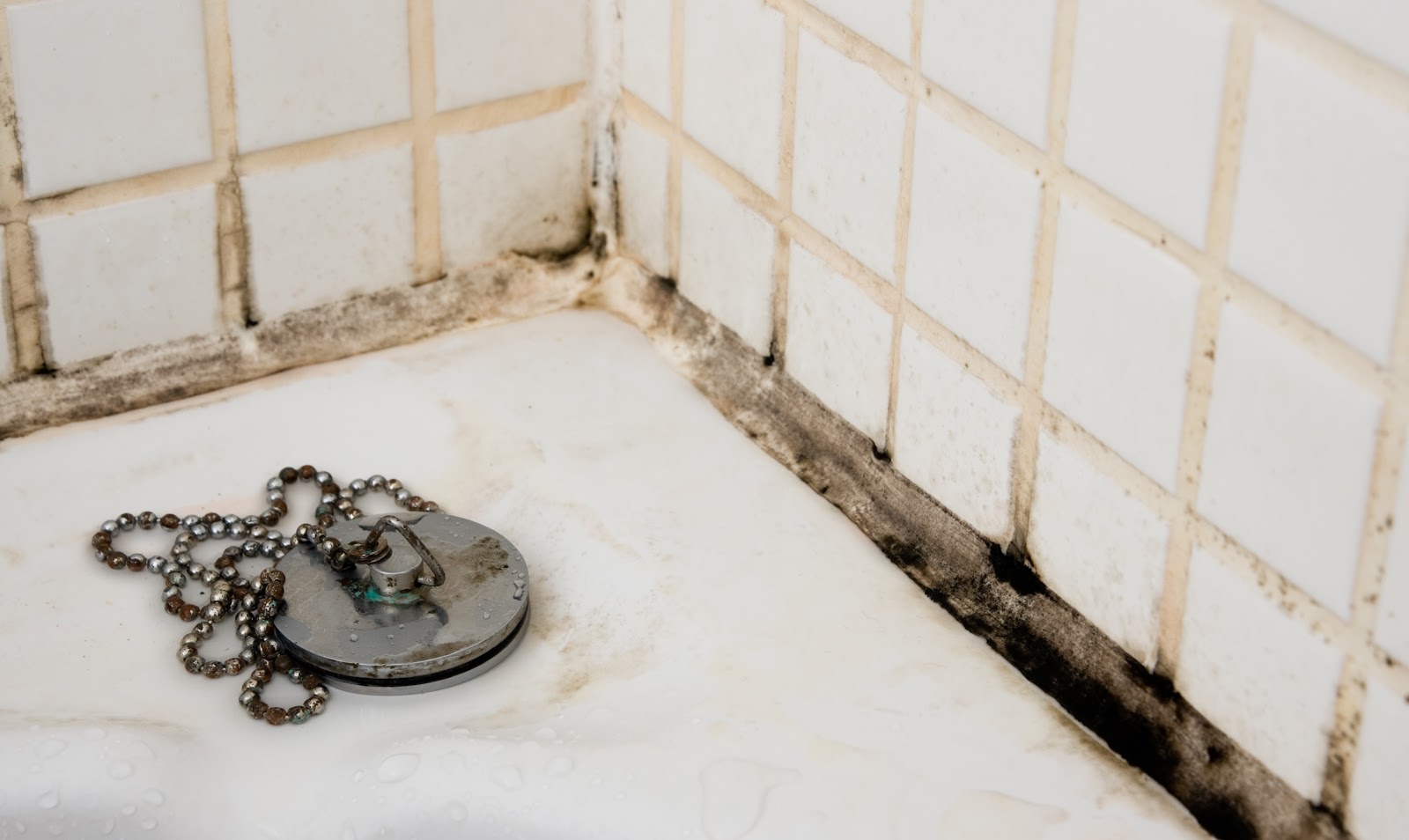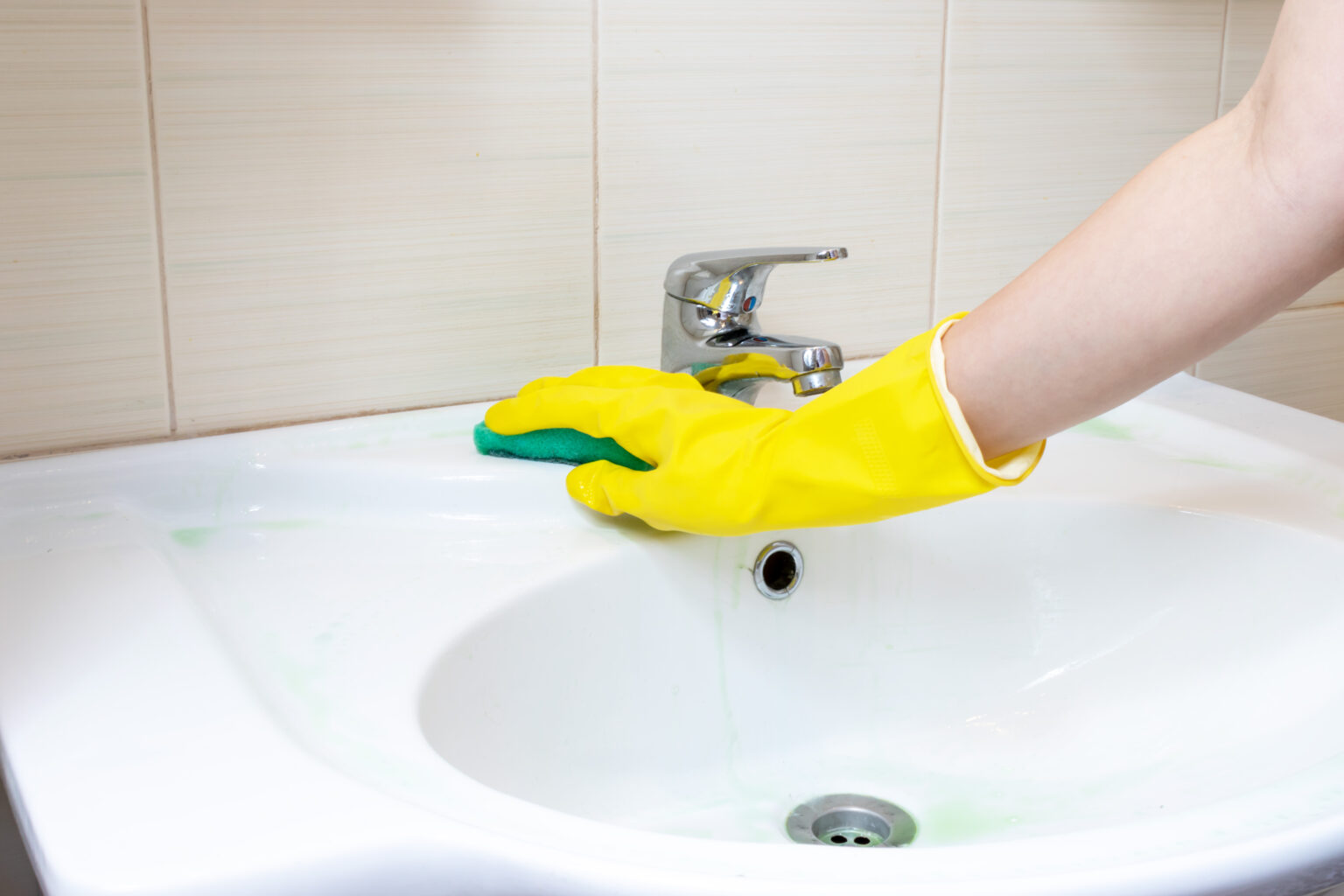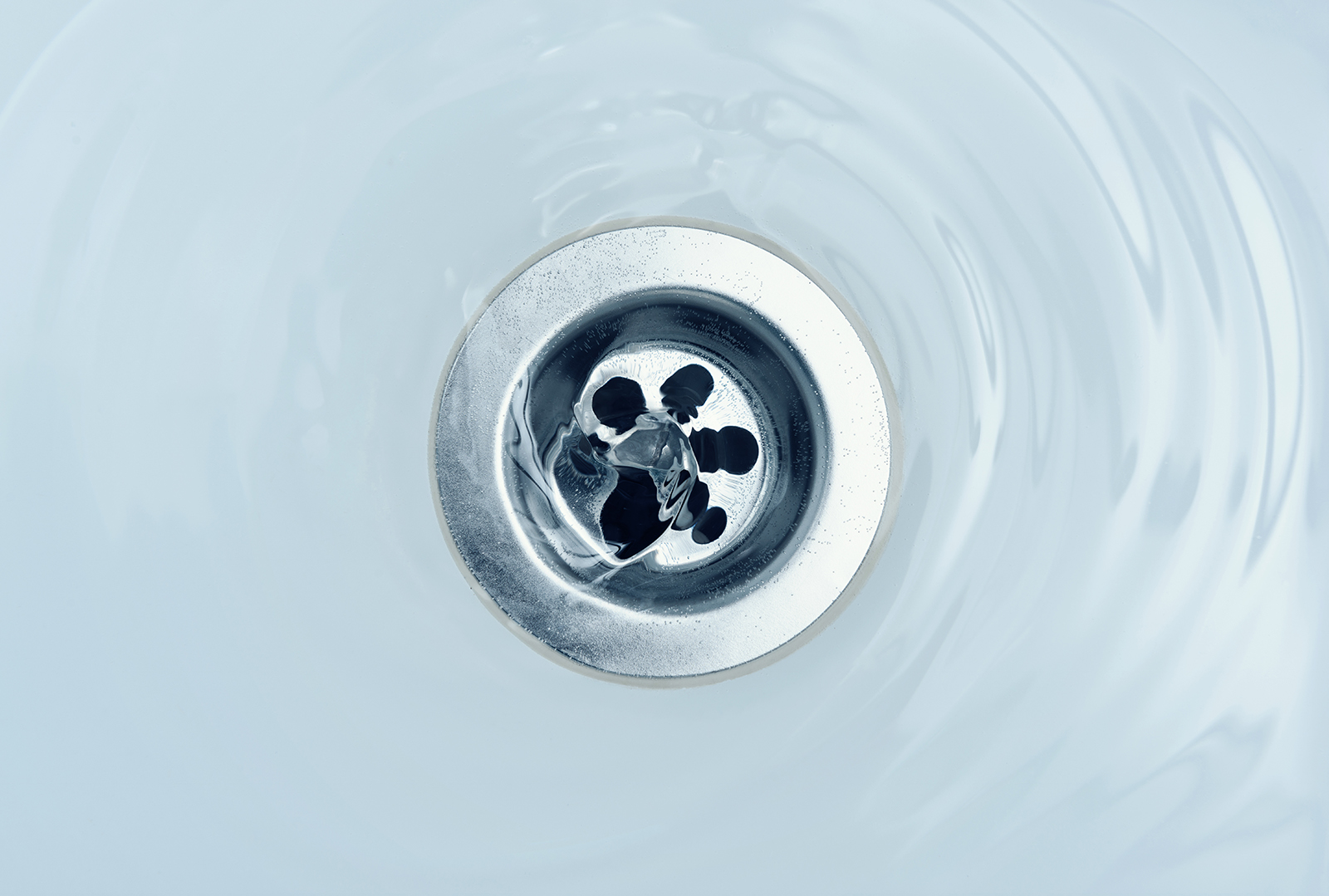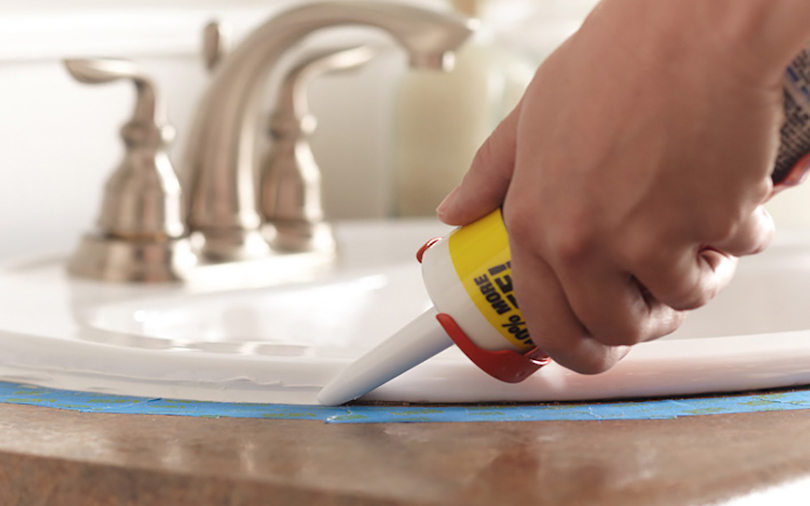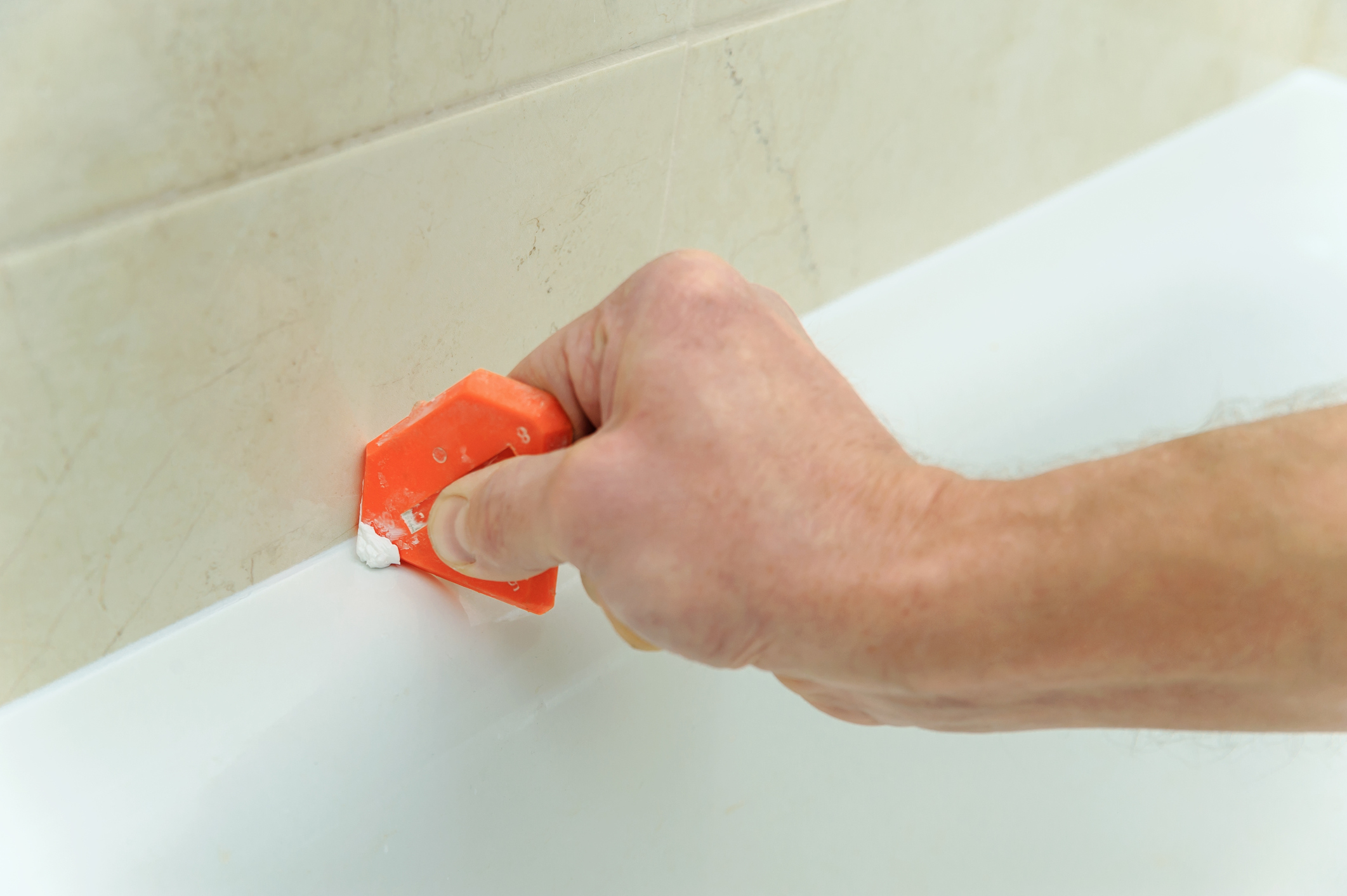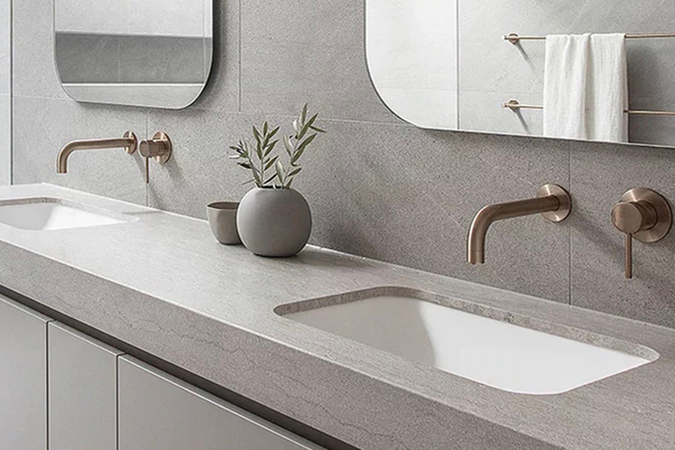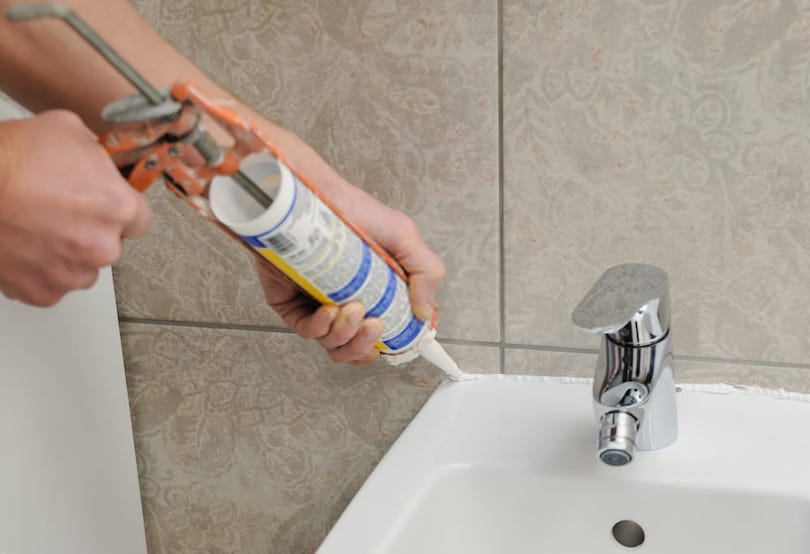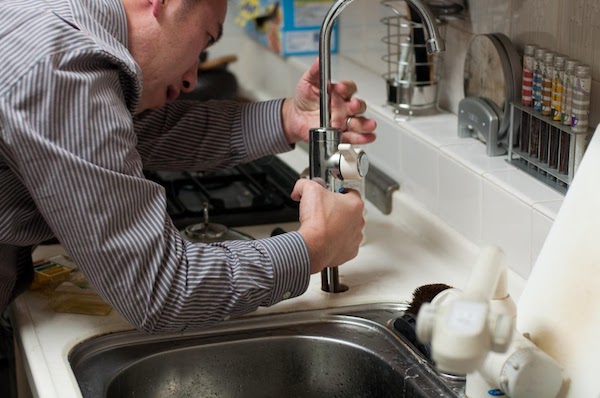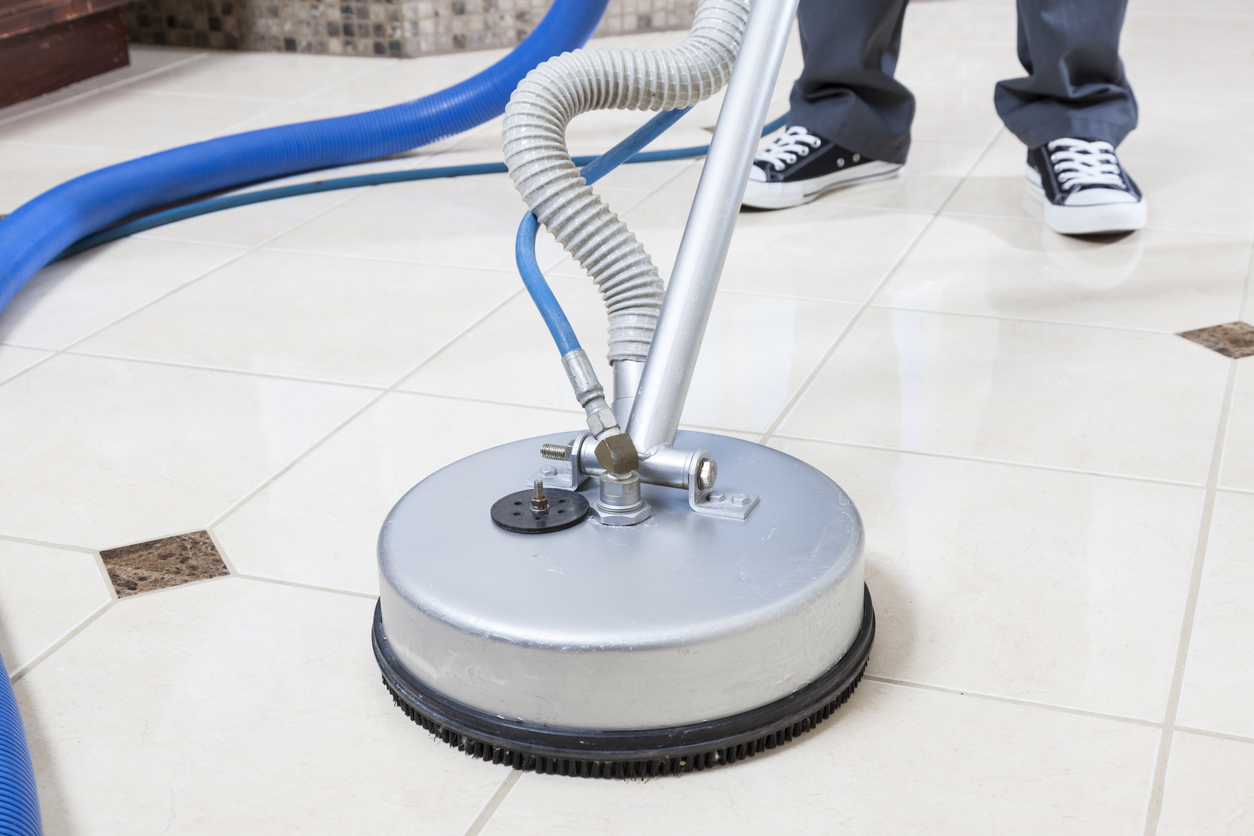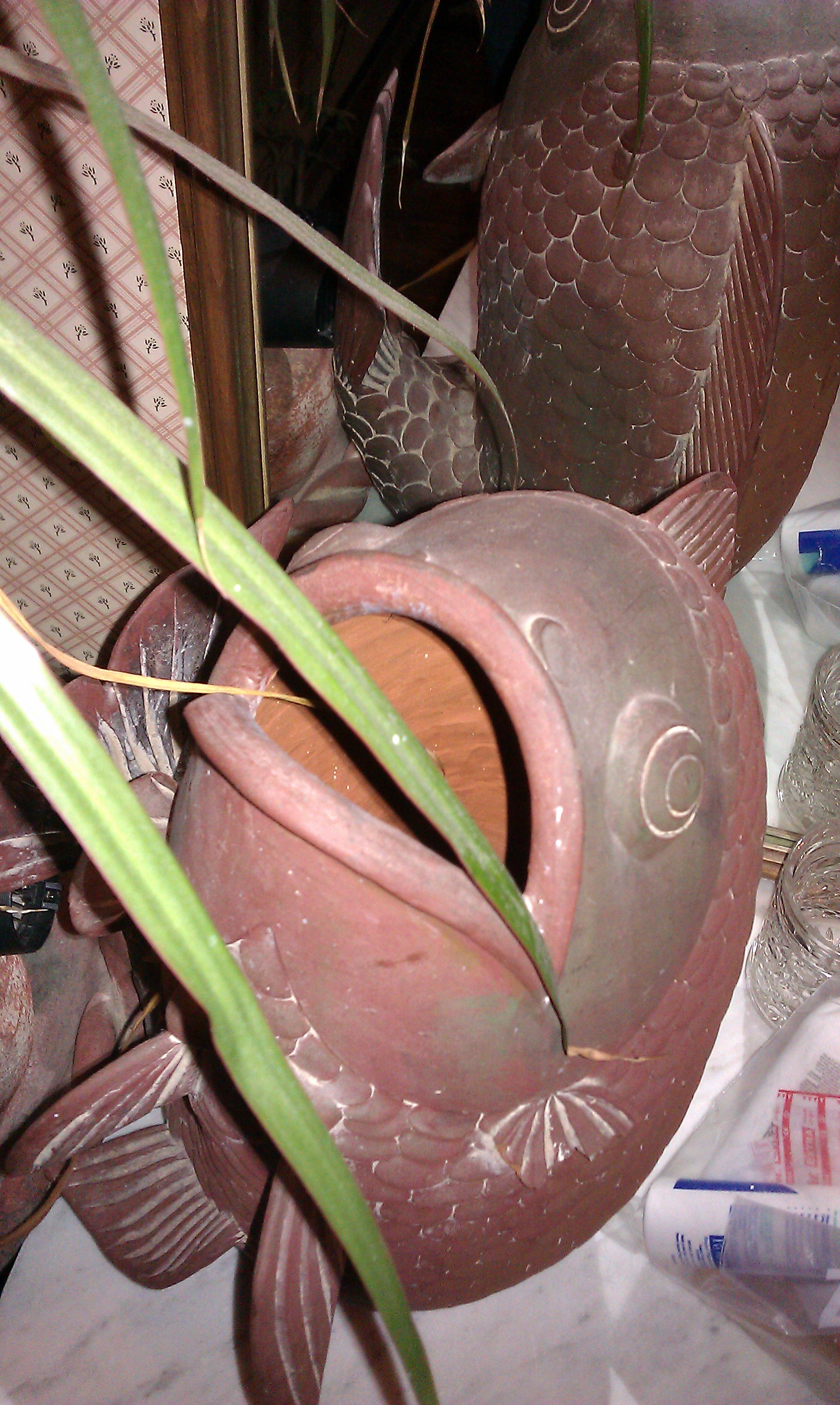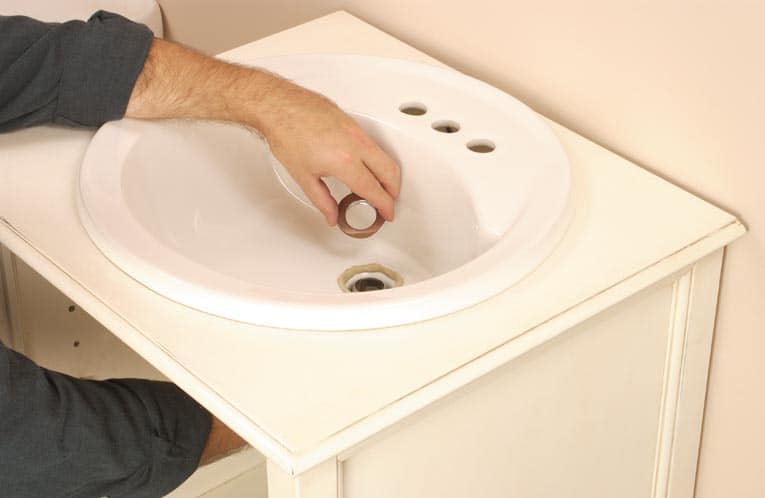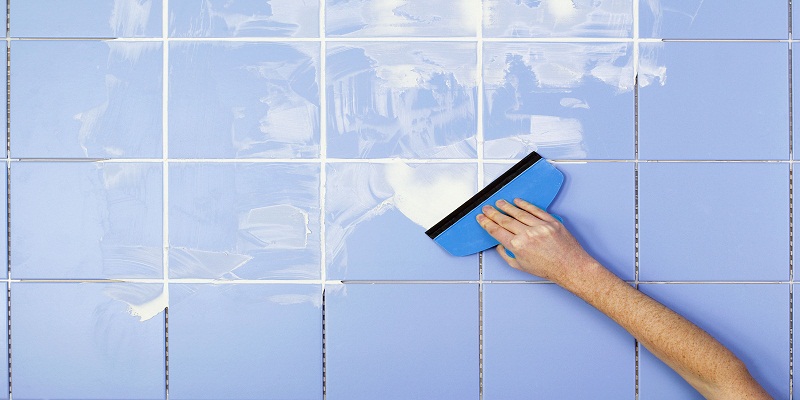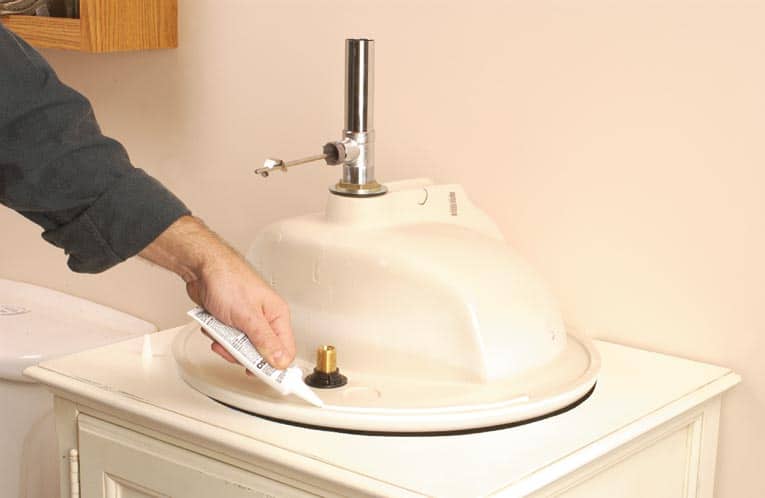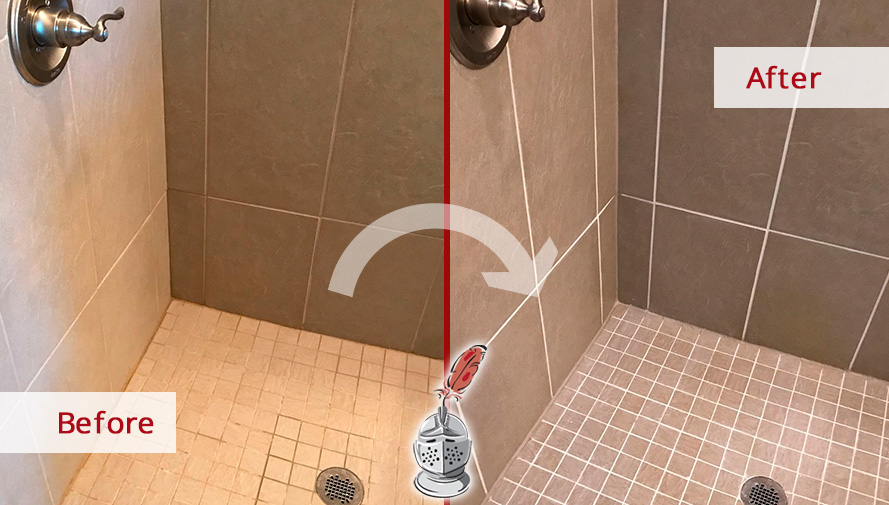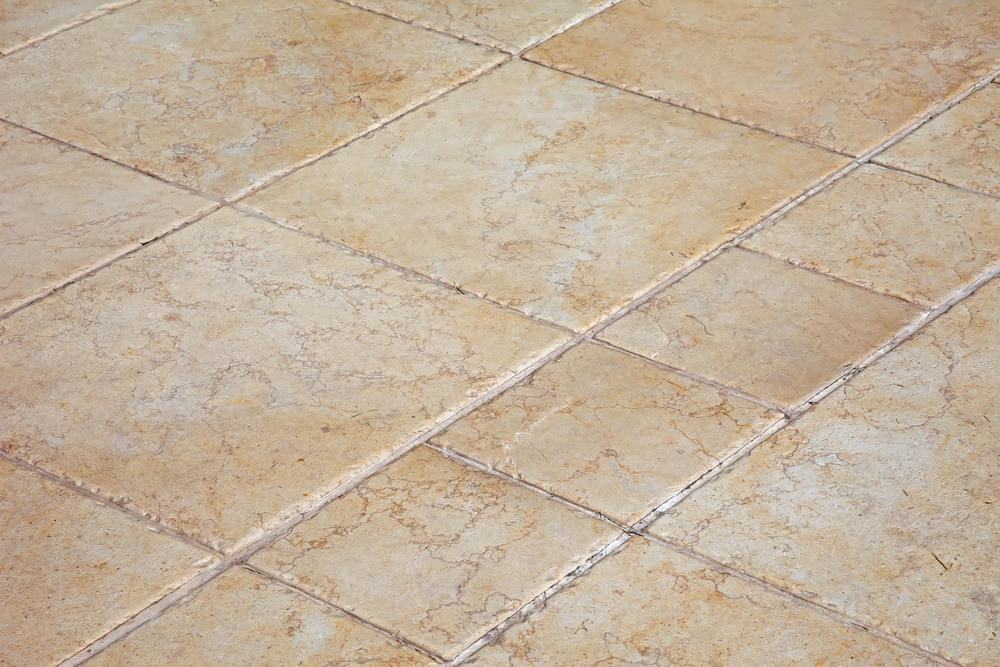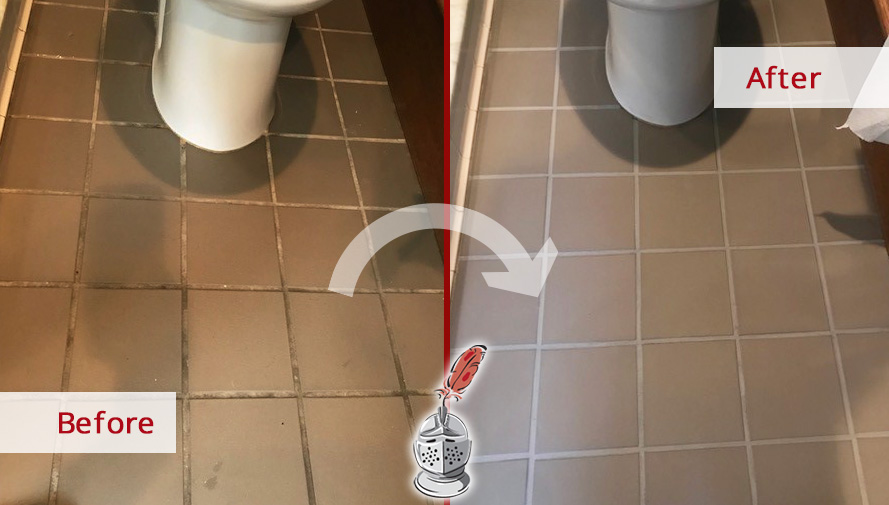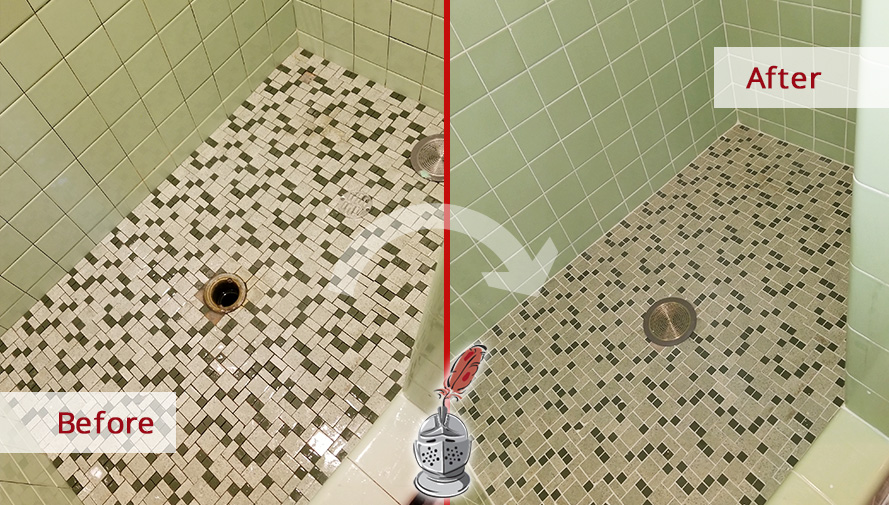When it comes to your bathroom sink, you may have noticed that there is a small gap between the sink and the wall or countertop. This gap is typically filled with grout or caulk, but which one should you use? Here's what you need to know about bathroom sink grout. Bathroom Sink Grout: What You Need to Know
If you have old, cracked, or discolored grout in your bathroom sink, it's time to remove it. Start by using a grout saw or scraper to remove as much of the old grout as possible. Then, use a solution of equal parts water and vinegar to scrub away any remaining grout residue. Rinse the area thoroughly and let it dry before proceeding with new grout or caulk. How to Remove Bathroom Sink Grout
Grout and caulk may look similar, but they serve very different purposes. Grout is a cement-based product that is used to fill gaps between tiles or other materials, while caulk is a flexible sealant used to fill gaps between different types of surfaces. In the case of a bathroom sink, grout is typically used to fill the gap between the sink and the countertop or wall, while caulk is used for the edges and corners. The Difference Between Grout and Caulk
To caulk a bathroom sink, you will need a caulk gun, caulk, and a damp rag. Start by cutting the tip of the caulk tube at a 45-degree angle. Then, place the tube in the caulk gun and apply a thin, continuous bead of caulk along the seam between the sink and the countertop or wall. Use your finger or a caulk smoothing tool to smooth out the caulk and remove any excess. Wipe away any excess caulk with a damp rag and let it dry for 24 hours before using the sink. How to Caulk a Bathroom Sink
When it comes to choosing the best grout for your bathroom sink, there are a few factors to consider. First, make sure to choose a grout that is waterproof and mold-resistant, as the bathroom can be a humid environment. Additionally, choose a color that complements your sink and bathroom decor. White or light gray grout is a popular choice for bathroom sinks, but you can also opt for a contrasting color for a unique look. Best Grout for Bathroom Sinks
Regular cleaning and maintenance is key to keeping your bathroom sink grout looking fresh. Use a mild cleaner and a small brush, such as a toothbrush, to scrub away any dirt or grime from the grout. For tougher stains, make a paste of baking soda and water and apply it to the grout, letting it sit for a few minutes before scrubbing and rinsing. Avoid using harsh chemicals or abrasive tools, as they can damage the grout. How to Clean Bathroom Sink Grout
When choosing caulk for your bathroom sink, there are a few things to keep in mind. First, make sure to choose a caulk that is specifically labeled for use in bathrooms or kitchens, as these are designed to withstand moisture. Next, consider the color and finish of the caulk. You can choose a clear caulk for a seamless look, or a colored caulk to match or contrast with your sink. Finally, look for a caulk with a mildew-resistant formula to keep your bathroom looking clean and fresh. Tips for Choosing the Right Caulk for Your Bathroom Sink
Like any other home improvement project, there may be some issues that arise when working with bathroom sink grout. One common problem is cracking or crumbling grout, which can be caused by improper installation, water damage, or heavy use. To fix this, remove the old grout and replace it with a new layer. Another issue is mold growth, which can be prevented by regularly cleaning and properly sealing the grout. Common Problems with Bathroom Sink Grout and How to Fix Them
Sealing bathroom sink grout is an important step to ensure its longevity and appearance. Start by thoroughly cleaning the grout and letting it dry. Then, use a small paintbrush to apply a layer of grout sealer over the grout lines. Be sure to cover all areas and wipe away any excess sealer with a damp cloth. Let the sealer dry for 24 hours before using the sink. How to Seal Bathroom Sink Grout
Properly sealing bathroom sink grout not only helps to prevent mold and mildew, but it also helps to protect the grout from water damage and staining. Additionally, a well-sealed grout will last longer and require less maintenance. Make sure to regularly check the condition of your grout and reseal it every 6-12 months to keep it looking its best. The Importance of Properly Sealing Bathroom Sink Grout
Bathroom Sink Grout vs. Caulk: Which One Should You Use?

The Importance of Properly Sealing Your Bathroom Sink
 When it comes to creating a functional and aesthetically pleasing bathroom, proper sealing is key. This is especially true for the area around your bathroom sink, where water and moisture are constantly present. Without proper sealing, water can seep into the gaps between your sink and the wall, leading to mold and mildew growth. Not only is this unsightly, but it can also cause damage to your bathroom and potentially harm your health. This is why choosing the right material for sealing around your bathroom sink is crucial.
When it comes to creating a functional and aesthetically pleasing bathroom, proper sealing is key. This is especially true for the area around your bathroom sink, where water and moisture are constantly present. Without proper sealing, water can seep into the gaps between your sink and the wall, leading to mold and mildew growth. Not only is this unsightly, but it can also cause damage to your bathroom and potentially harm your health. This is why choosing the right material for sealing around your bathroom sink is crucial.
Grout: The Traditional Choice
 Grout
has been the go-to choice for sealing bathroom sinks for many years. It is a cement-based material that is mixed with water and applied between the sink and the wall. Grout is known for its strength and durability, making it a popular choice for high-traffic areas like the bathroom. It is also easy to clean and maintain, and comes in a variety of colors to match your bathroom design. However,
grout
is not flexible and can crack over time, especially in areas prone to movement and moisture.
Grout
has been the go-to choice for sealing bathroom sinks for many years. It is a cement-based material that is mixed with water and applied between the sink and the wall. Grout is known for its strength and durability, making it a popular choice for high-traffic areas like the bathroom. It is also easy to clean and maintain, and comes in a variety of colors to match your bathroom design. However,
grout
is not flexible and can crack over time, especially in areas prone to movement and moisture.
Caulk: A Modern Alternative
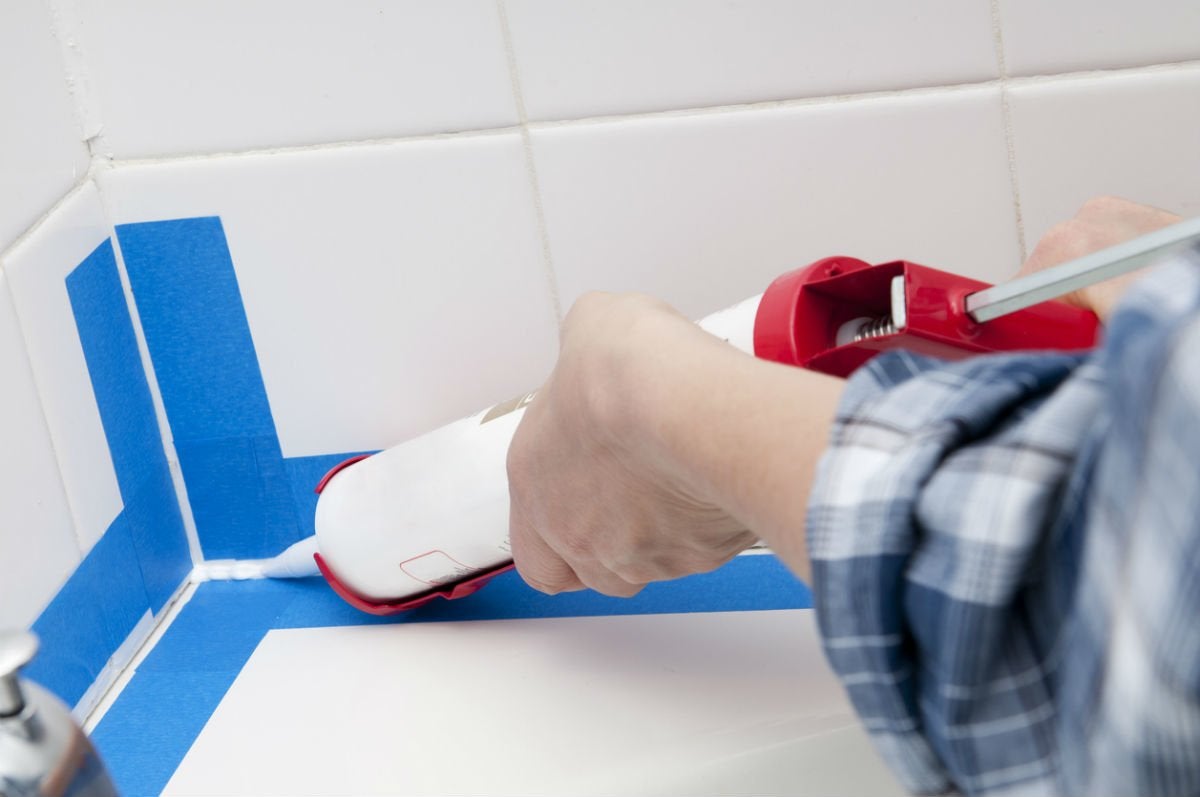 In recent years,
caulk
has emerged as a popular alternative to grout for sealing bathroom sinks. It is a flexible material made from silicone or acrylic that is applied with a caulk gun. Unlike grout,
caulk
can withstand movement and moisture without cracking, making it a more durable option. It also comes in a variety of colors and can be easily removed and replaced if needed. However,
caulk
is not as strong as grout and may need to be replaced more frequently.
In recent years,
caulk
has emerged as a popular alternative to grout for sealing bathroom sinks. It is a flexible material made from silicone or acrylic that is applied with a caulk gun. Unlike grout,
caulk
can withstand movement and moisture without cracking, making it a more durable option. It also comes in a variety of colors and can be easily removed and replaced if needed. However,
caulk
is not as strong as grout and may need to be replaced more frequently.
Which One Should You Use?
 When it comes to choosing between grout and caulk for your bathroom sink, there is no one-size-fits-all answer. It ultimately depends on the specific needs and design of your bathroom. If you have a traditional bathroom with minimal movement and moisture, grout may be the best choice for you. However, if you have a modern bathroom with a lot of movement and moisture, caulk may be the better option. You can also use a combination of both materials, using grout in areas that require more strength and caulk in areas that need more flexibility.
When it comes to choosing between grout and caulk for your bathroom sink, there is no one-size-fits-all answer. It ultimately depends on the specific needs and design of your bathroom. If you have a traditional bathroom with minimal movement and moisture, grout may be the best choice for you. However, if you have a modern bathroom with a lot of movement and moisture, caulk may be the better option. You can also use a combination of both materials, using grout in areas that require more strength and caulk in areas that need more flexibility.
Proper Application is Key
 No matter which material you choose, proper application is crucial for a successful seal. Make sure to thoroughly clean and dry the area before applying grout or caulk. Use a waterproof and mold-resistant product, and follow the instructions carefully. You can also consult a professional for assistance to ensure a perfect seal that will last for years to come.
In conclusion, both grout and caulk have their own benefits and drawbacks when it comes to sealing a bathroom sink. Consider the specific needs and design of your bathroom before making a decision, and make sure to properly apply the chosen material for a lasting seal. A well-sealed bathroom sink not only adds to the overall look of your bathroom, but also helps maintain its cleanliness and functionality.
No matter which material you choose, proper application is crucial for a successful seal. Make sure to thoroughly clean and dry the area before applying grout or caulk. Use a waterproof and mold-resistant product, and follow the instructions carefully. You can also consult a professional for assistance to ensure a perfect seal that will last for years to come.
In conclusion, both grout and caulk have their own benefits and drawbacks when it comes to sealing a bathroom sink. Consider the specific needs and design of your bathroom before making a decision, and make sure to properly apply the chosen material for a lasting seal. A well-sealed bathroom sink not only adds to the overall look of your bathroom, but also helps maintain its cleanliness and functionality.




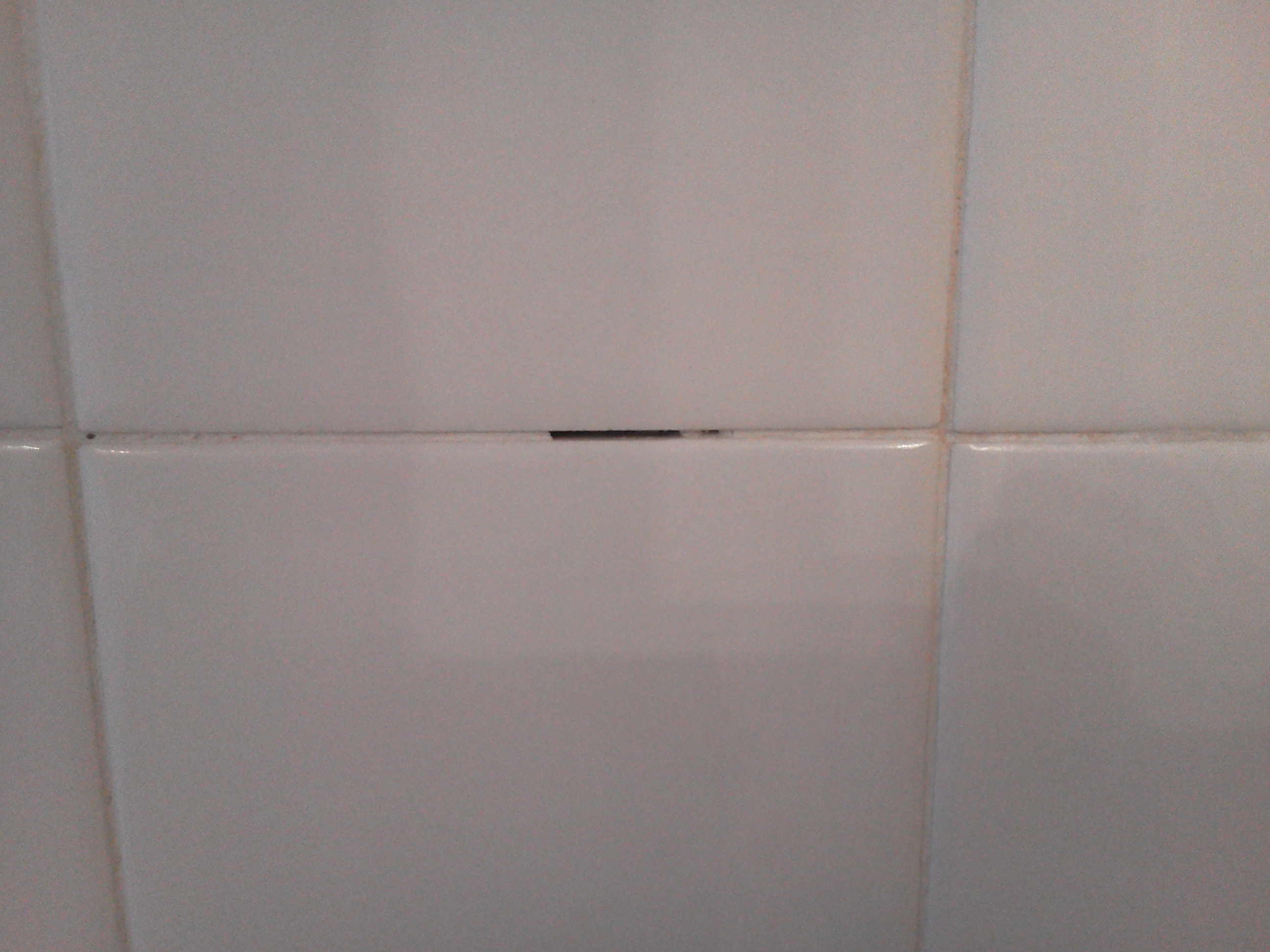

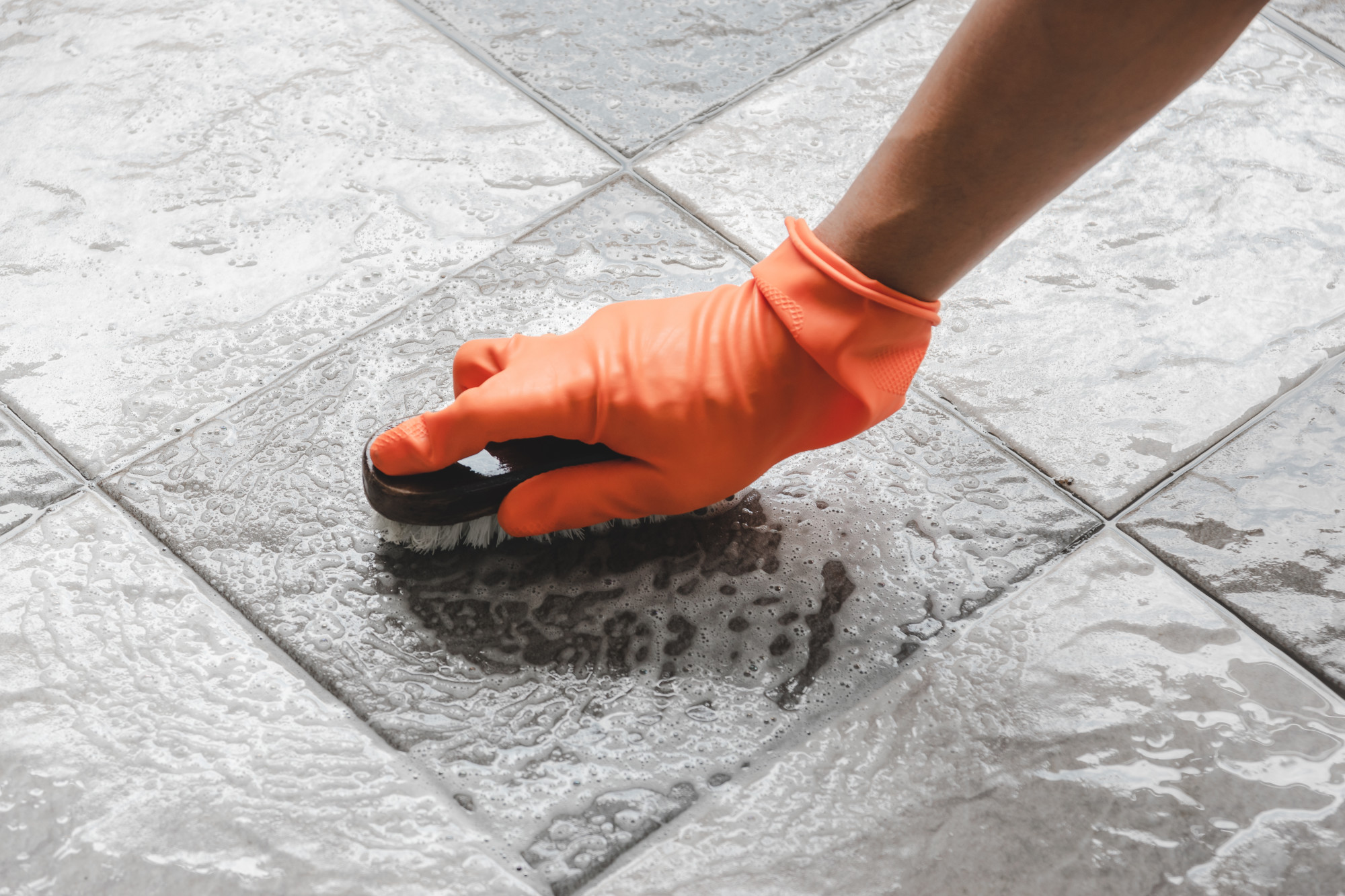

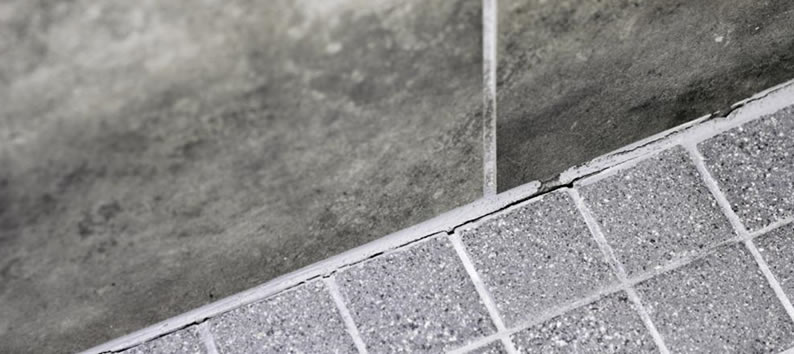










/remove_tile_grout_in_a_few_simple_steps_1822630_01-b72988e0255c448fbdcdc3b03d3372e9.jpg)

